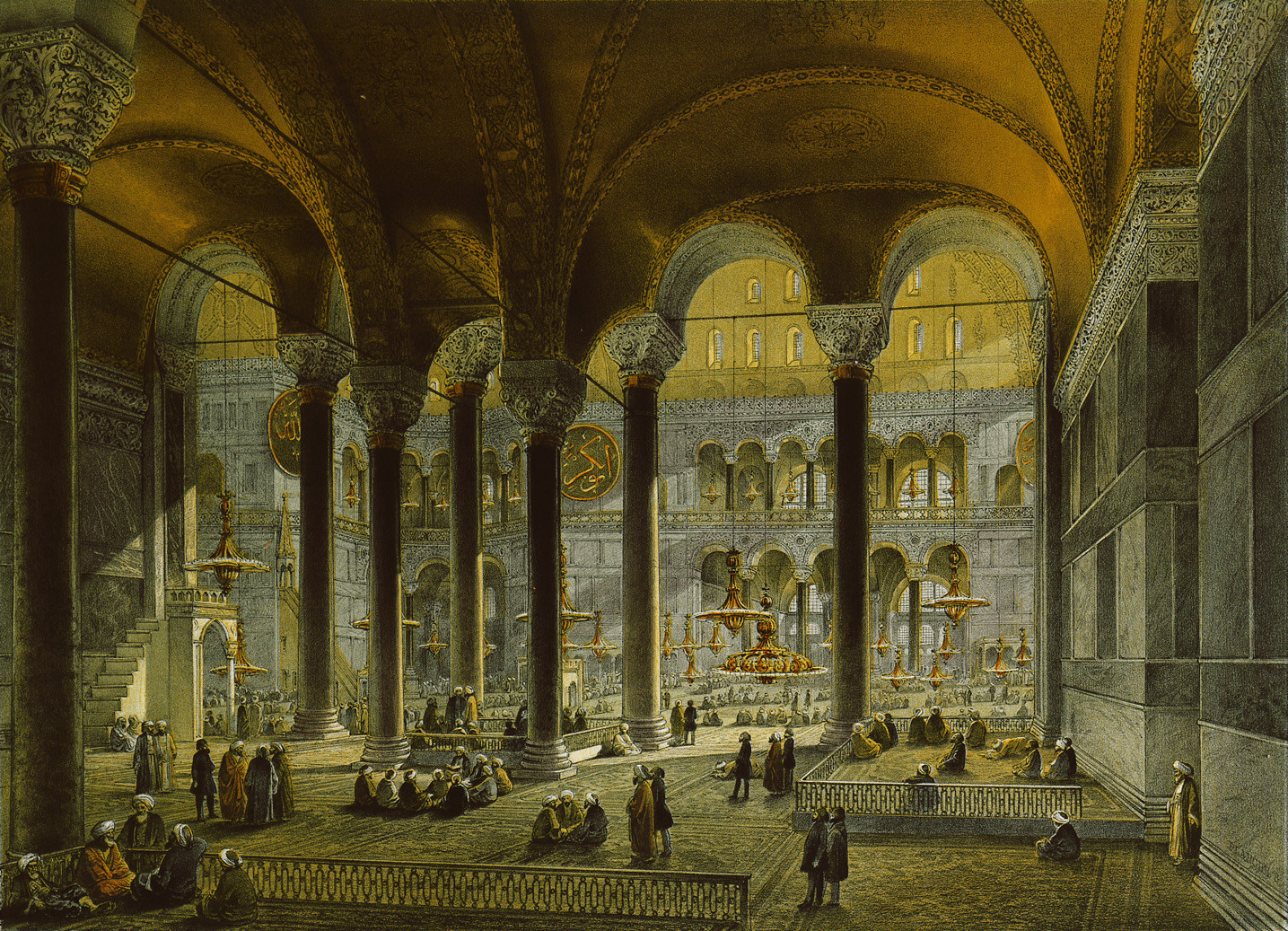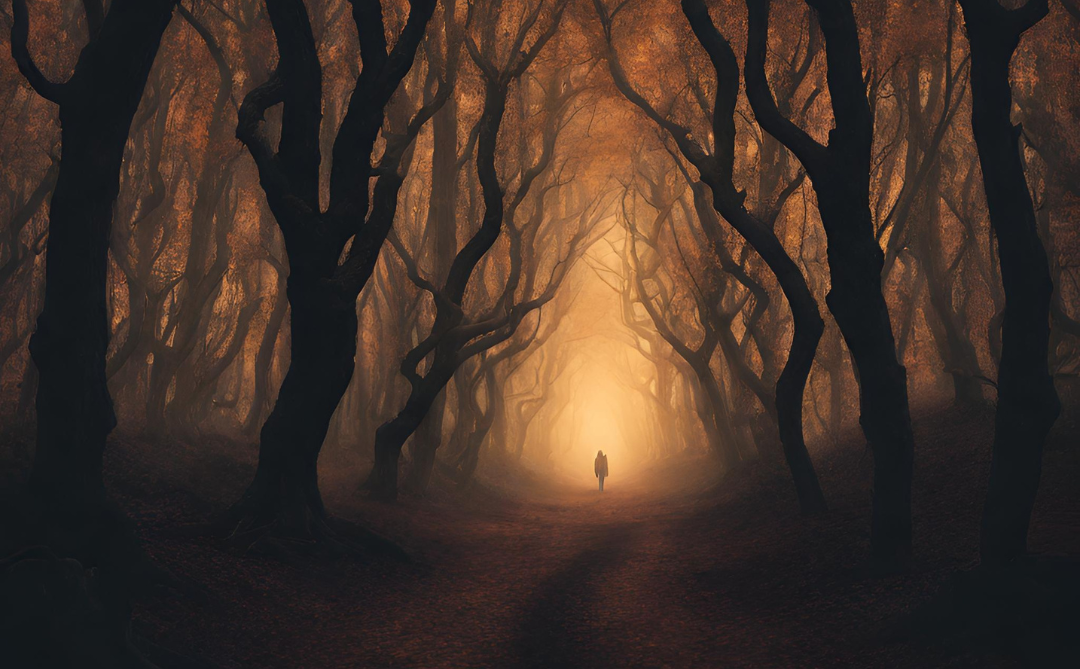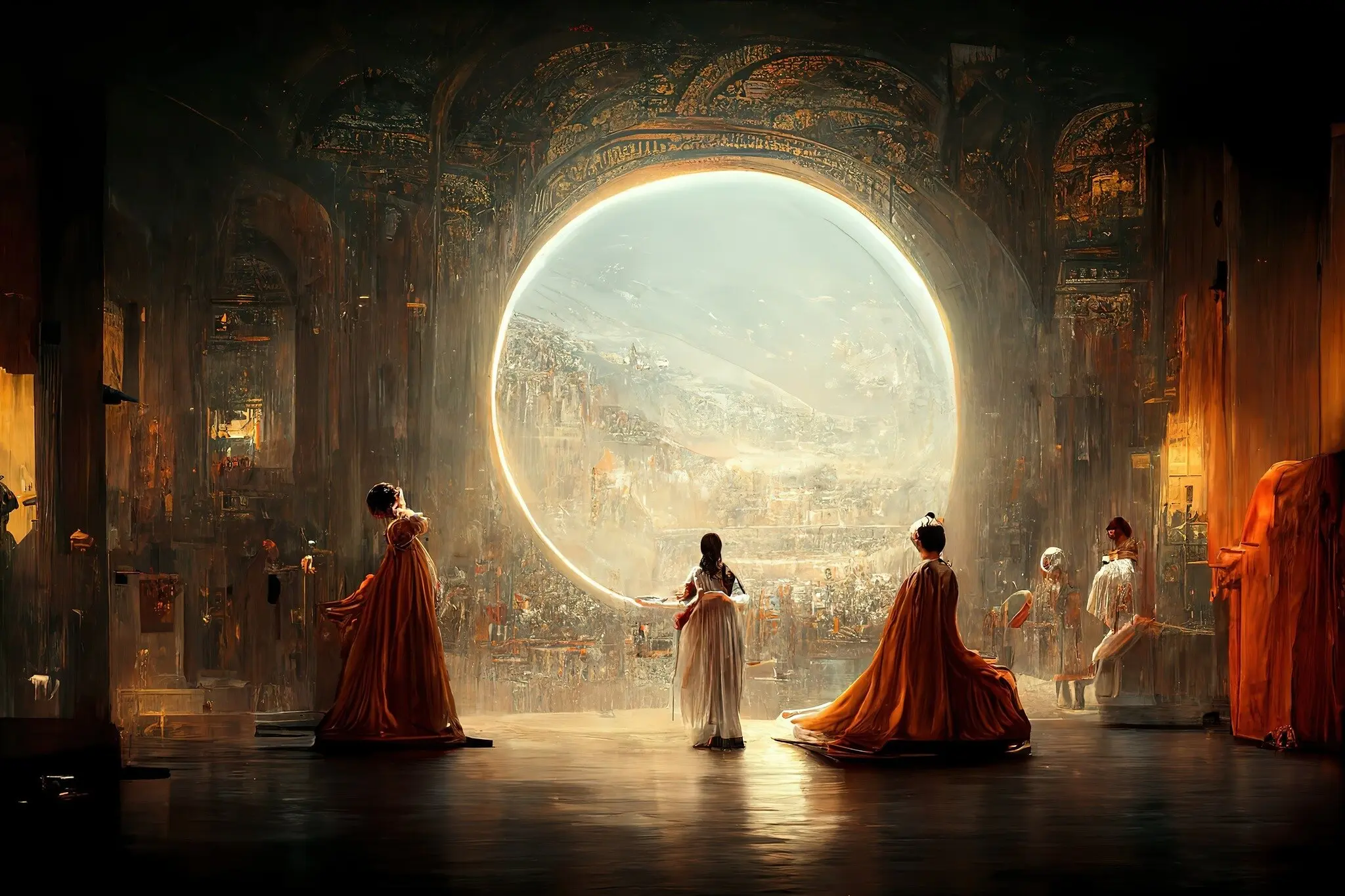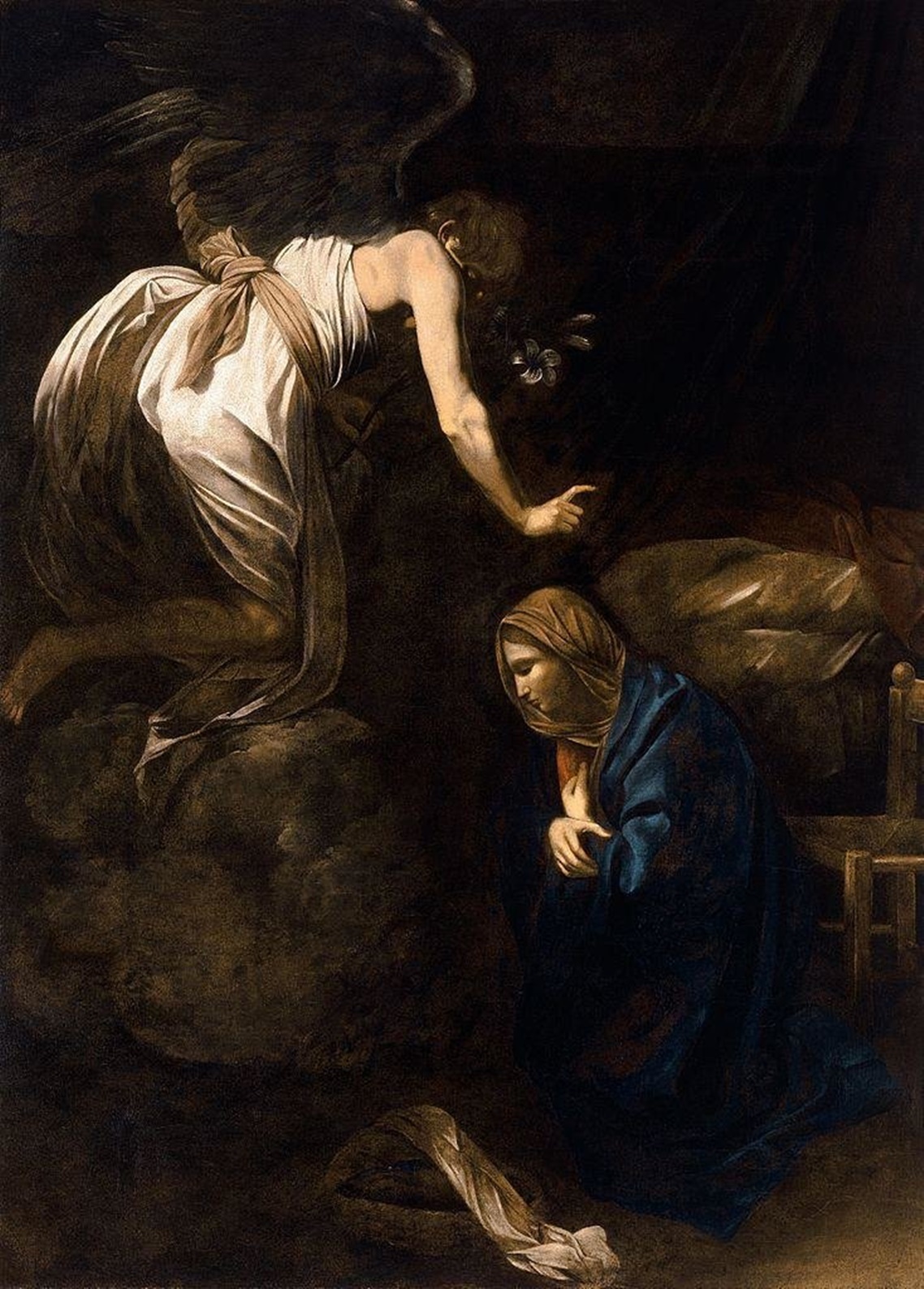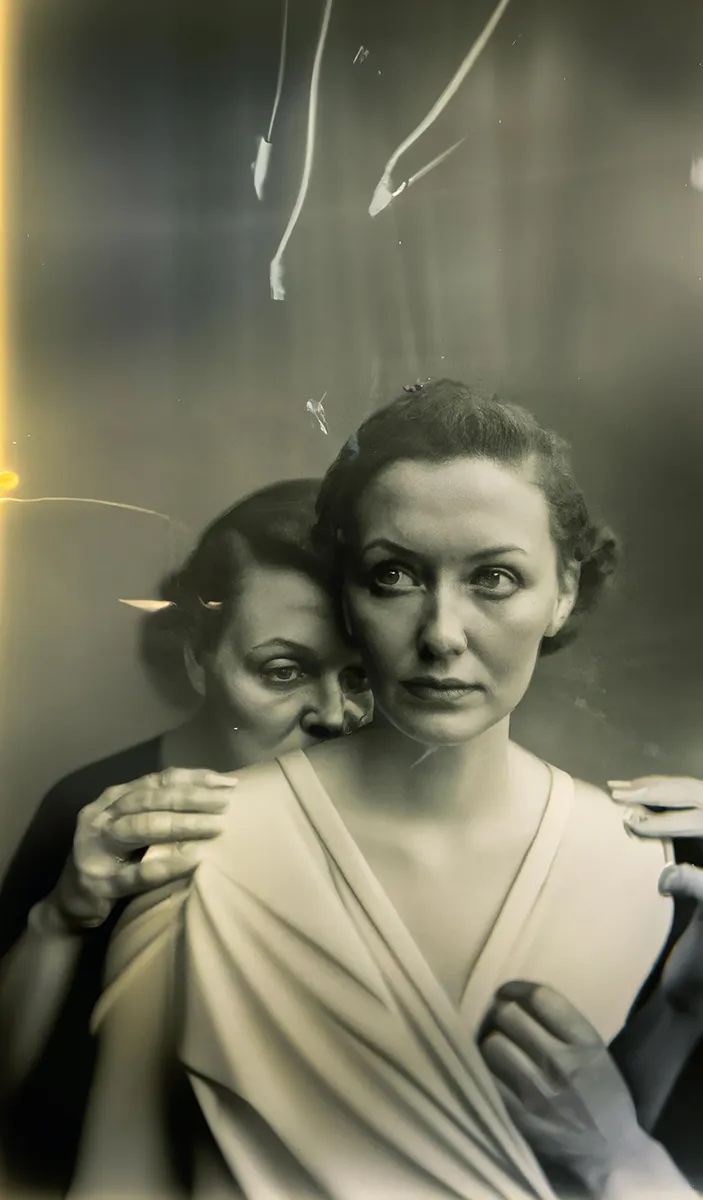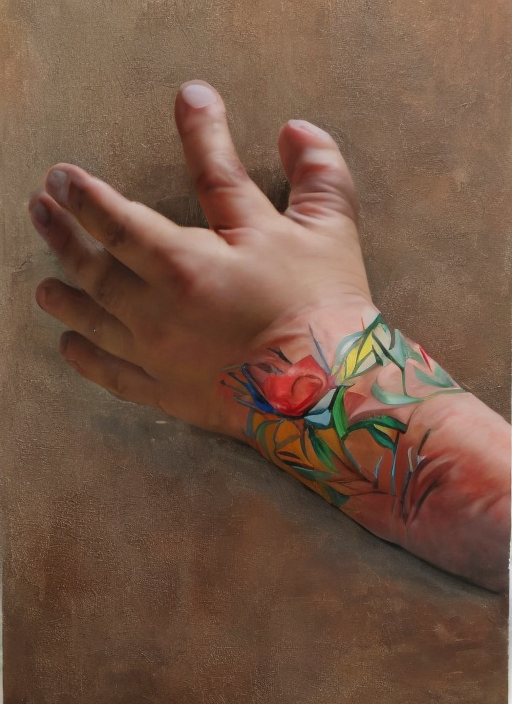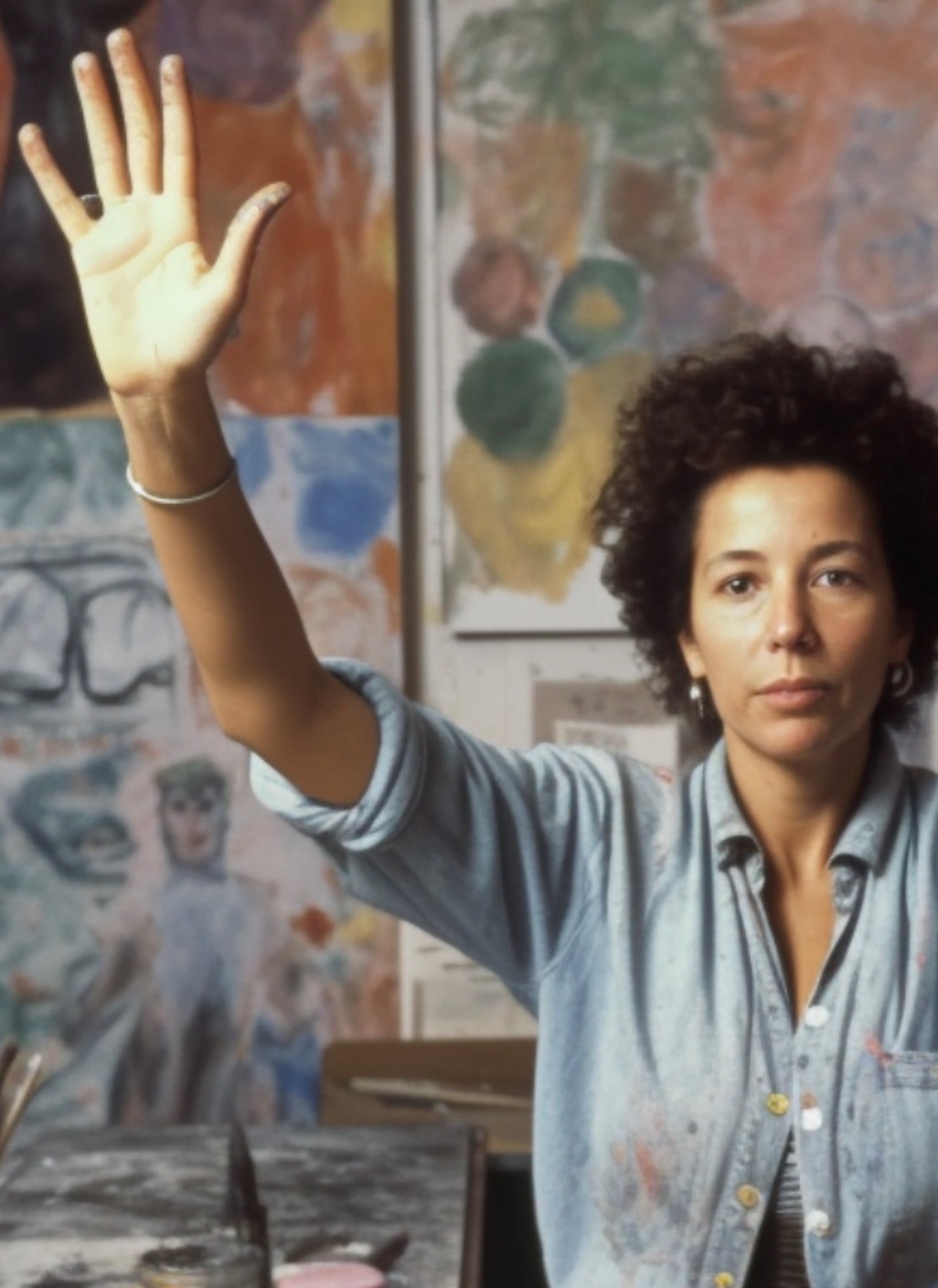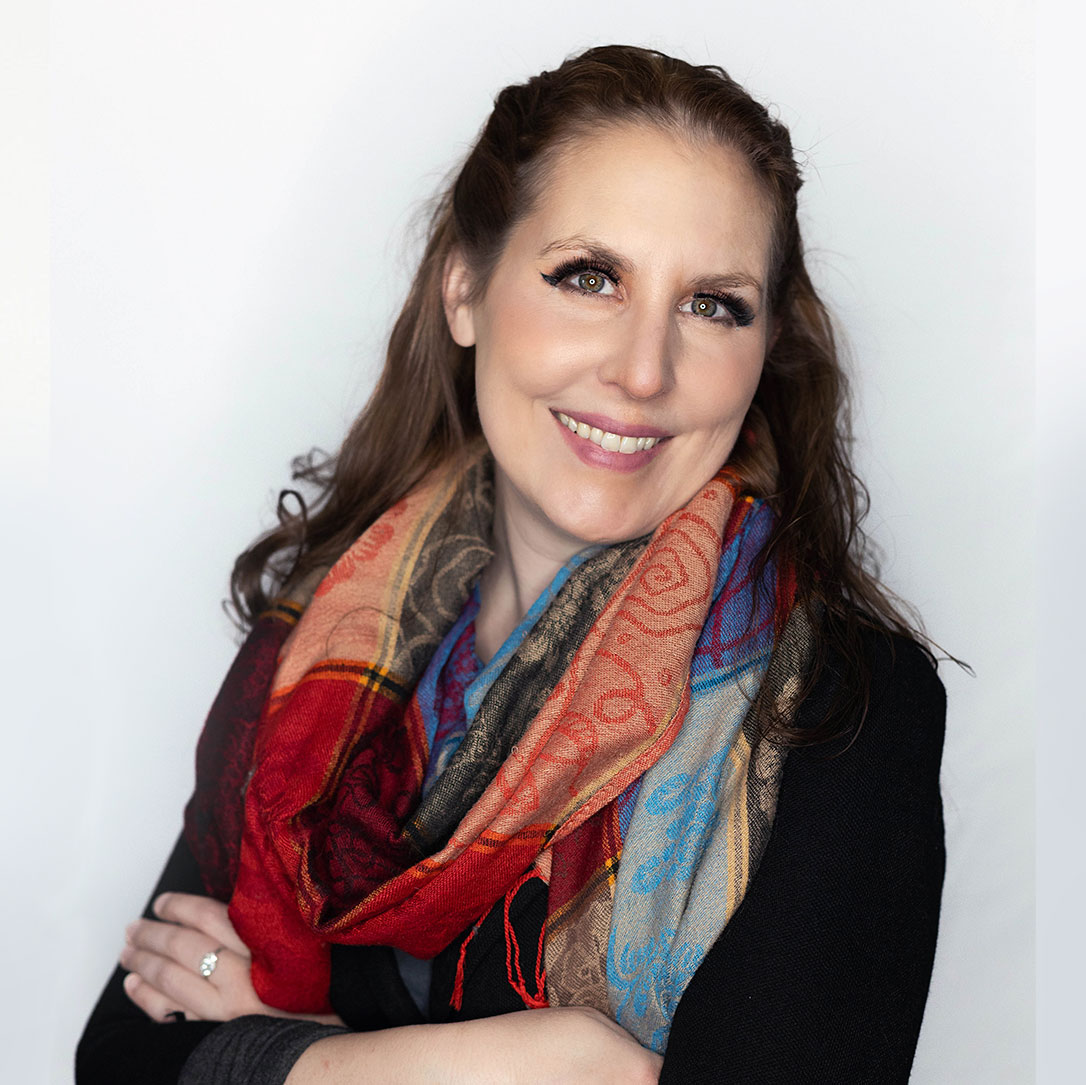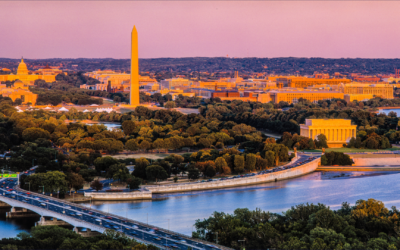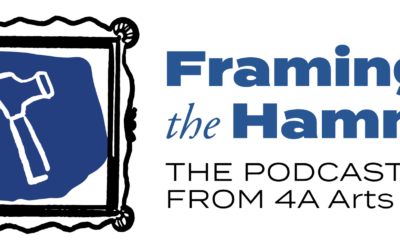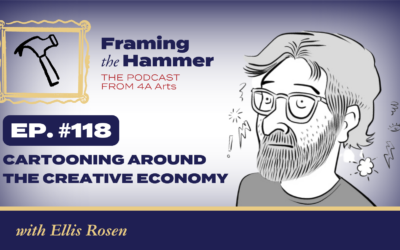Written by
Whitney Christiansen
Whitney S. Christiansen is a native Kentuckian with an interdisciplinary background in arts, education, and advocacy. She spent nearly a decade teaching secondary English and drama in public schools, receiving a master’s in Interdisciplinary Humanities from the University of Louisville in 2017, where she received that year’s Grady Nutt Award for the year’s most creative directed study project, “Summoned,” an interdisciplinary practicum that combined research on medieval morality plays and Marlowe’s Doctor Faustus with contemporary concepts of costume and set design.
From 2009-2015 she was a cast member and later director for the Kentucky Highland Renaissance Festival, where she inaugurated and directed the festival’s teen cast, who developed two stage shows in the commedia dell’arte tradition.
Leaving the classroom in 2019, Whitney received her second master’s degree from Colorado State University in Arts Leadership and Cultural Management, where she began working with Be An #ArtsHero, a grassroots campaign dedicated to bringing COVID relief to Arts Workers (now Arts Workers United.) She was the researcher on staff for AWU’s lobbying team for the U.S. House Small Business Committee’s January 2022 hearing on the creative economy, and for Ovation TV’s The Green Room with Nadia Brown, an educational comedy show about the creative economy that launched in March of 2022. Formerly the general manager of the Center for Music Ecosystems, Whitney heads up 4A Arts’ new research initiative alongside her work managing central operations....

